Rise in Electric Vehicle Production
The Automotive Door Module Market is poised for growth due to the rise in electric vehicle (EV) production. As manufacturers pivot towards electric mobility, the demand for innovative door modules that accommodate new technologies is increasing. Data suggests that the EV market is projected to grow at a compound annual growth rate of over 20 percent in the coming years. This growth necessitates the development of lightweight and efficient door modules that can support the unique requirements of electric vehicles, such as improved aerodynamics and energy efficiency. Consequently, the automotive door module market is likely to witness a surge in demand as manufacturers adapt to the evolving landscape of the automotive industry.
Integration of Advanced Safety Features
The Automotive Door Module Market is experiencing a notable shift towards the integration of advanced safety features. As consumers increasingly prioritize safety, manufacturers are incorporating technologies such as automatic locking systems, anti-pinch mechanisms, and enhanced crash protection into door modules. This trend is supported by data indicating that approximately 30 percent of consumers consider safety features as a primary factor in their vehicle purchasing decisions. Consequently, the demand for sophisticated automotive door modules is likely to rise, as automakers strive to meet these consumer expectations while adhering to stringent safety regulations. The incorporation of these features not only enhances vehicle safety but also contributes to the overall appeal of the automotive door module, thereby driving market growth.
Regulatory Compliance and Environmental Standards
The Automotive Door Module Market is also shaped by the need for regulatory compliance and adherence to environmental standards. Governments worldwide are implementing stringent regulations aimed at reducing vehicle emissions and enhancing safety. This has prompted manufacturers to develop door modules that not only comply with these regulations but also utilize sustainable materials. Data indicates that the market for eco-friendly automotive components is expected to grow significantly, with a projected increase of 15 percent annually. As manufacturers strive to meet these standards, the demand for innovative and compliant automotive door modules is likely to rise, further propelling market growth.
Technological Advancements in Manufacturing Processes
The Automotive Door Module Market is benefiting from technological advancements in manufacturing processes. Innovations such as automation, 3D printing, and advanced materials are revolutionizing the production of door modules. These technologies enable manufacturers to produce more complex designs with greater precision and efficiency, thereby reducing production costs. Market analysis suggests that the adoption of these advanced manufacturing techniques could lead to a reduction in production time by up to 25 percent. As manufacturers leverage these technologies, the automotive door module market is expected to experience increased competitiveness and growth, as companies strive to deliver high-quality products that meet evolving consumer demands.
Increasing Consumer Demand for Comfort and Convenience
The Automotive Door Module Market is significantly influenced by the increasing consumer demand for comfort and convenience features in vehicles. Modern consumers are seeking enhanced user experiences, which has led to the integration of features such as keyless entry, power windows, and automated door closing mechanisms. Market data indicates that nearly 40 percent of consumers are willing to pay a premium for vehicles equipped with advanced comfort features. This trend is driving manufacturers to innovate and enhance their door modules, ensuring they meet consumer expectations. As a result, the automotive door module market is likely to expand, as manufacturers focus on delivering products that enhance the overall driving experience.


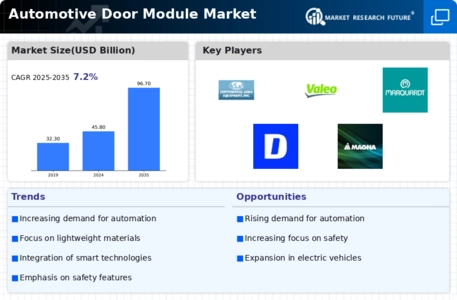
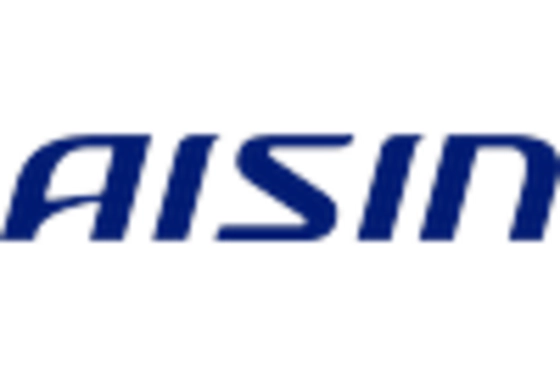
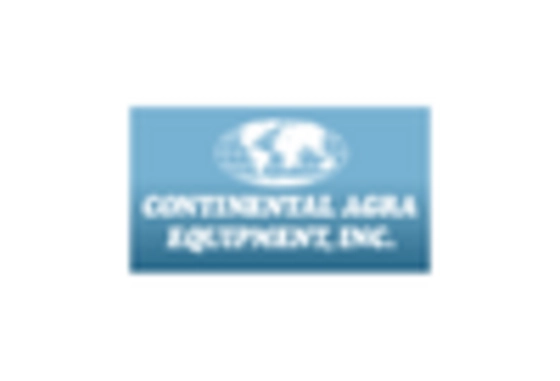
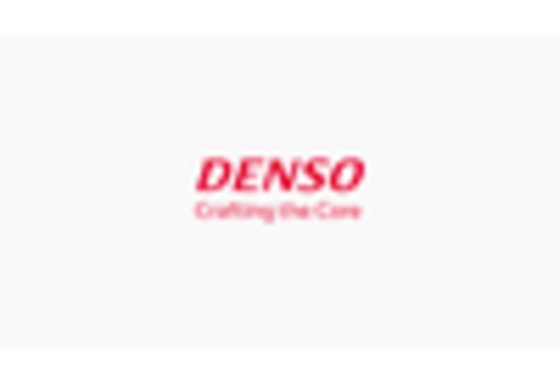

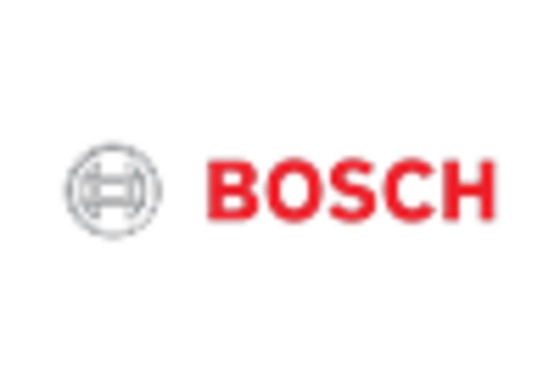









Leave a Comment